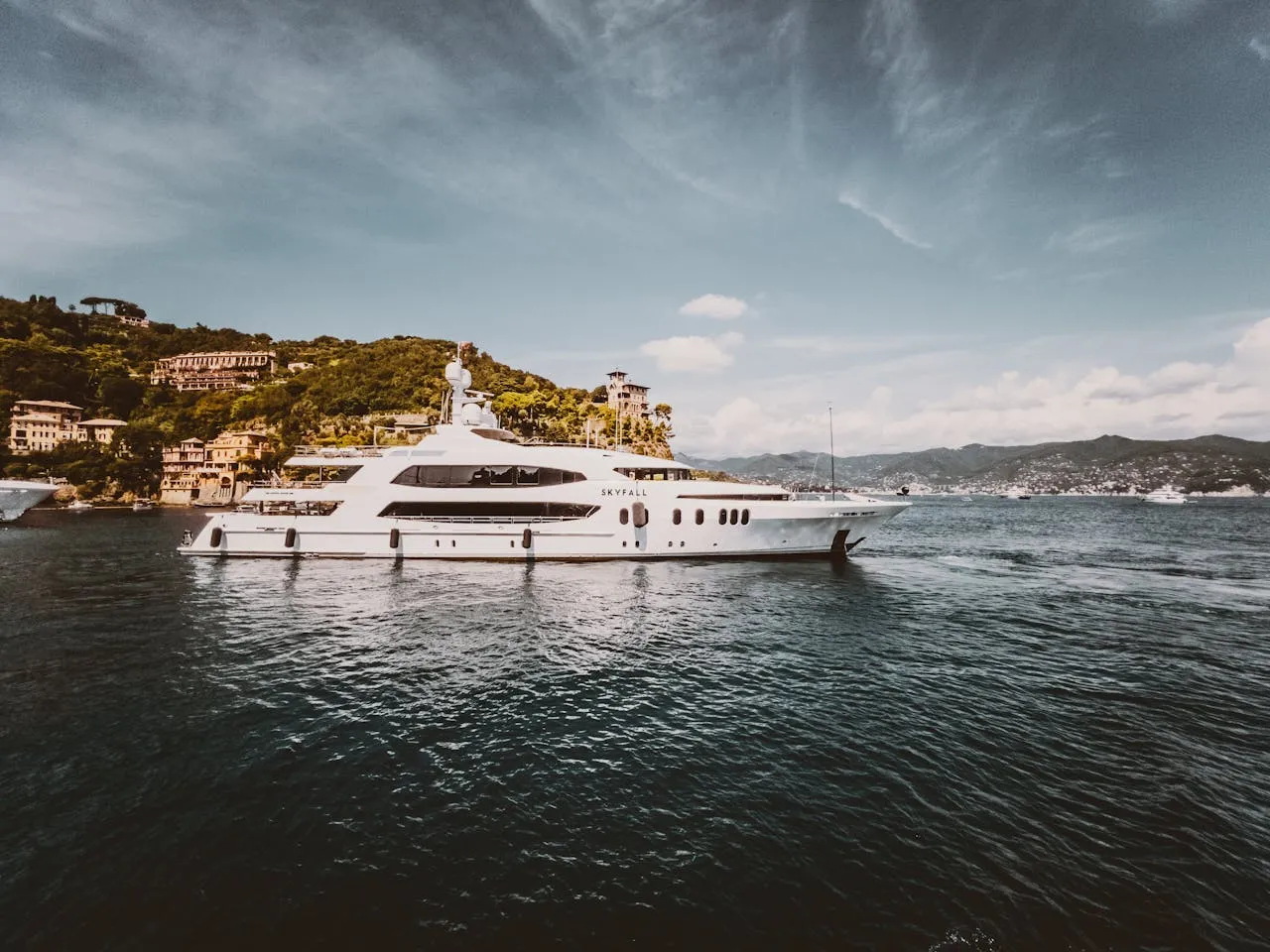31 July 2025
Sailing Do's and Don'ts
Sailing is a fascinating and fun maritime adventure, but it also comes with a set of rules and precautions that must be followed. Whether you're new to sailing or an experienced sailor looking to learn from the past, knowing and mastering these key details will make your sailing experience safer and smoother. As a platform specialising in providing one-stop services for yacht pricing consultancy, yacht trading, yacht transportation and maintenance, Yachttrading has compiled this list of practical sailing do's and don'ts to help you master the essential sailing skills.

Pre-Sailing Checklist
1. Take a Professional Sailing Course
To start your sailing journey, it is a good idea to join a reputable sailing course. Even if you already have some sailing experience, a formal course will provide you with many valuable benefits. You'll learn navigation skills, emergency management and gain a deeper understanding of wind direction. Sailing courses are available for all levels, from beginners to advanced sailors.
Learning with an experienced instructor can significantly increase your confidence and ability to make your experience on the water safer and more enjoyable.
2. Pay Close Attention to the Weather Forecast
Checking the weather is an essential part of the process before setting sail. The weather is unpredictable and if you are not well prepared, you are likely to be in a dangerous situation. Focus on wind speed, wind direction, wave height, and the possibility of storms or sudden weather changes.
Being aware of the weather forecast information can help you plan your route wisely, make informed decisions, and ensure the safety of you and your crew.
3. Dress Appropriately in Layers
When sailing, it's important to wear the right clothing. Weather on the water can be unpredictable, with temperatures fluctuating from hot to cold, and sudden rainfall and gusts of wind. Layering your clothing allows you to adjust to the conditions and stay comfortable. It's advisable to start with a moisture-wicking inner layer, add a warm layer in between and finish with a waterproof and windproof jacket. Don't forget to wear a hat and gloves for extra protection.
4. Maintain Good Seamanship
Good seamanship involves more than just manoeuvring a boat. Keeping your boat tidy and organised, using proper knot tying techniques, respecting marine life and being courteous to other mariners are all examples of good sailing habits. Adopting these habits will make you safer while sailing and make the whole sailing experience more enjoyable.
5. Communicate Clearly With the Crew
Clear communication is vital during sailing, especially when travelling with a crew. Before setting off, make sure everyone is clear about their duties and tasks. Give instructions and signals in a concise and clear manner to avoid confusion when manoeuvring the boat.
Regularly check plans with the crew to make sure everyone understands and feels at ease. Good communication enhances teamwork and effectively reduces the risk of accidents.
Things to Avoid When Sailing
1. Do Not Neglect Safety Equipment
The bottom line when sailing is to make sure you have all the right safety equipment before you set sail. Life jackets must be worn by all, along with distress flares, first aid kits, VHF radios and fire extinguishers. Furthermore, all safety equipment should be checked regularly to ensure that it is in good condition and easily accessible.
Neglecting safety equipment can be costly in an emergency, so make it a priority to be prepared.
2. Sailing Under the Influence of Alcohol is Strictly Prohibited
Operating a sailing yacht under the influence of alcohol is not only illegal, but also extremely dangerous. Alcohol can seriously impair a person's judgement, reaction time and co-ordination, which are key elements of safe sailing. If you want to celebrate, wait until you get back to shore before having a good time. In the meantime, always designate a sober skipper. Only by keeping a clear head can you make the right decisions in the face of various situations.
3. Never Overload
Vessels are subject to maximum load regulations, which must be strictly adhered to. Overloading can seriously affect the stability and performance of the vessel and greatly increase the risk of accidents such as capsizing. When loading, pay attention to the weight of passengers, equipment and supplies and distribute them evenly to keep the vessel balanced.
4. Do Not Ignore the Role of Charts
Charts are an important tool for safe navigation and should never be relied on electronic devices alone. Be sure to have up-to-date charts, which provide navigators with critical information such as water depth, hazards and waypoints. Neglecting charts can cause a vessel to run aground, hit underwater obstacles or become disorientated. Check charts frequently and use them in conjunction with GPS and other navigational tools while sailing.
5. Rules on the Water Must Be Observed
Maritime navigation has strict rules and regulations that must be strictly adhered to. This includes knowing the rules of the right of way priority, obeying speed limits, and following channel markings. Ignoring these rules can lead to collisions and you may also face fines or other legal problems. Before sailing, familiarise yourself with local regulations and always drive your boat in a safe and responsible manner.
Sailing is an exciting and fun activity, but safety is always the number one priority. By carefully observing the above must-know sailing dos and don'ts, you can enhance the safety of your voyage, as well as enjoy a more comfortable and enjoyable time at sea. We hope this yachting guide will provide you with practical help.
 Report
ReportNetizen comment
Comments

Leave the comment
Relevant Recommendation
Yacht Info
Most Recommended


